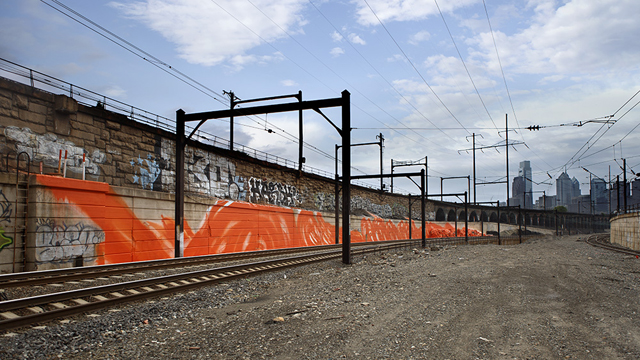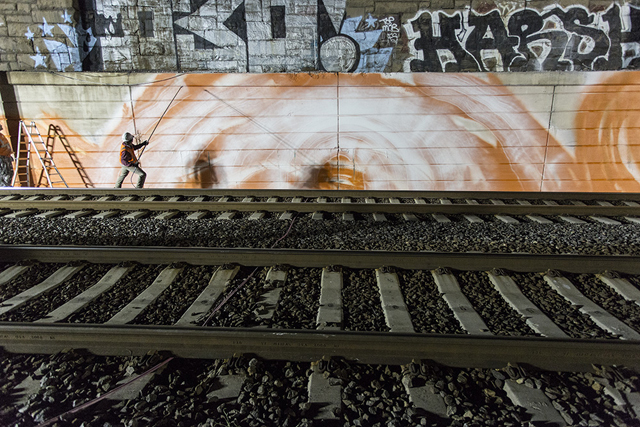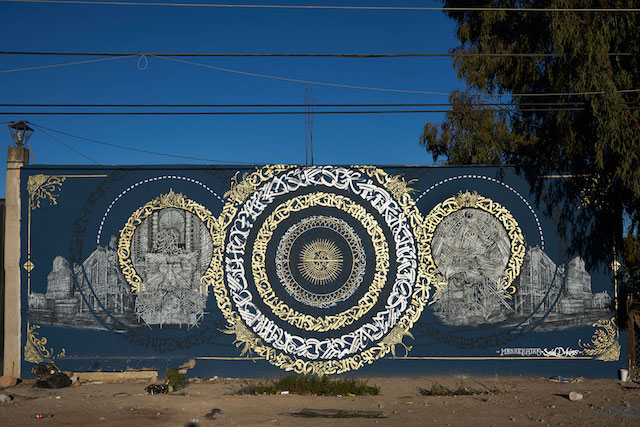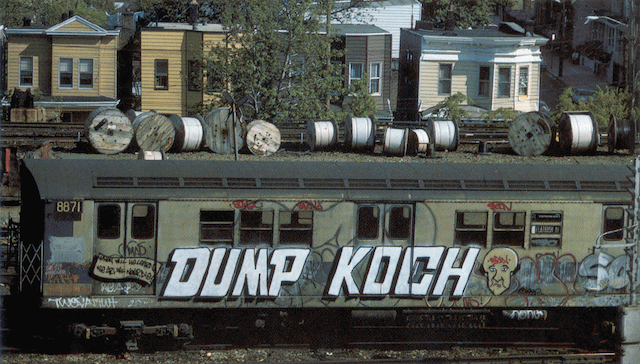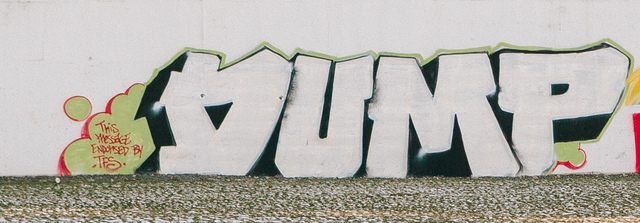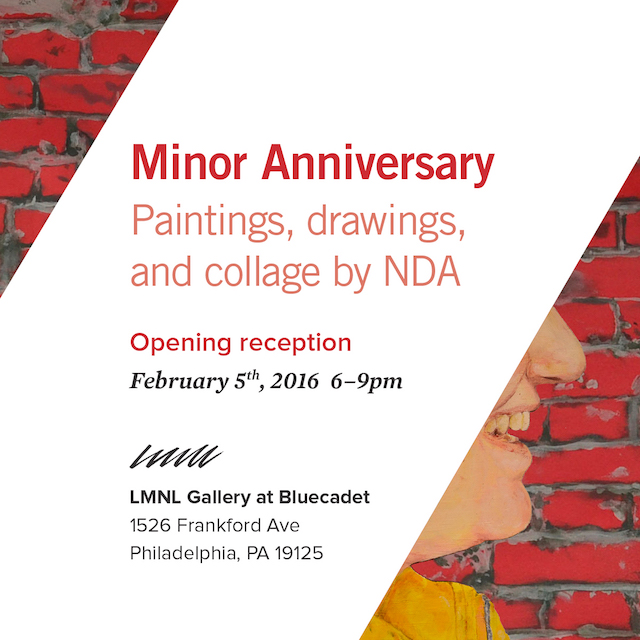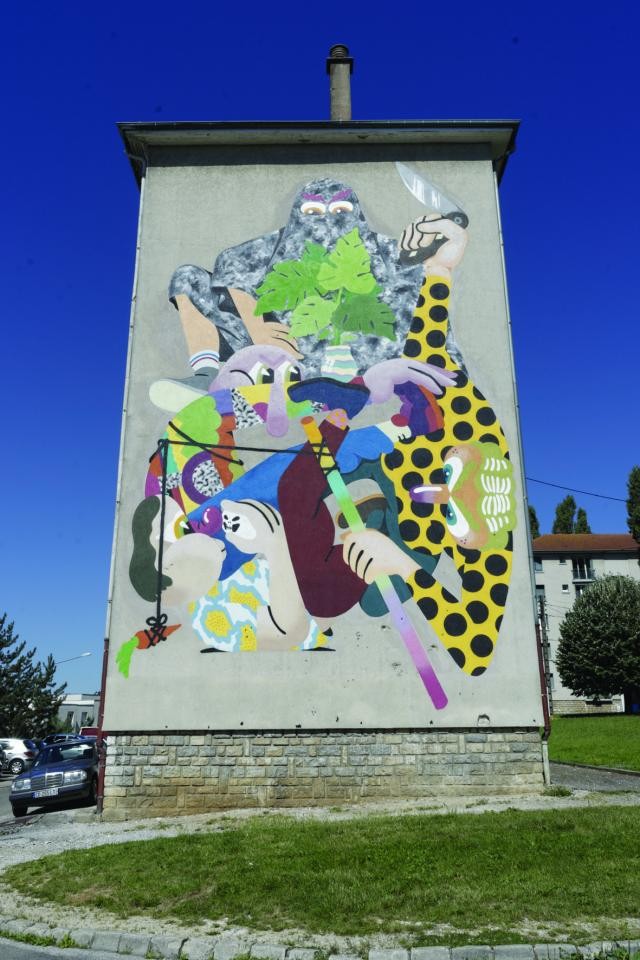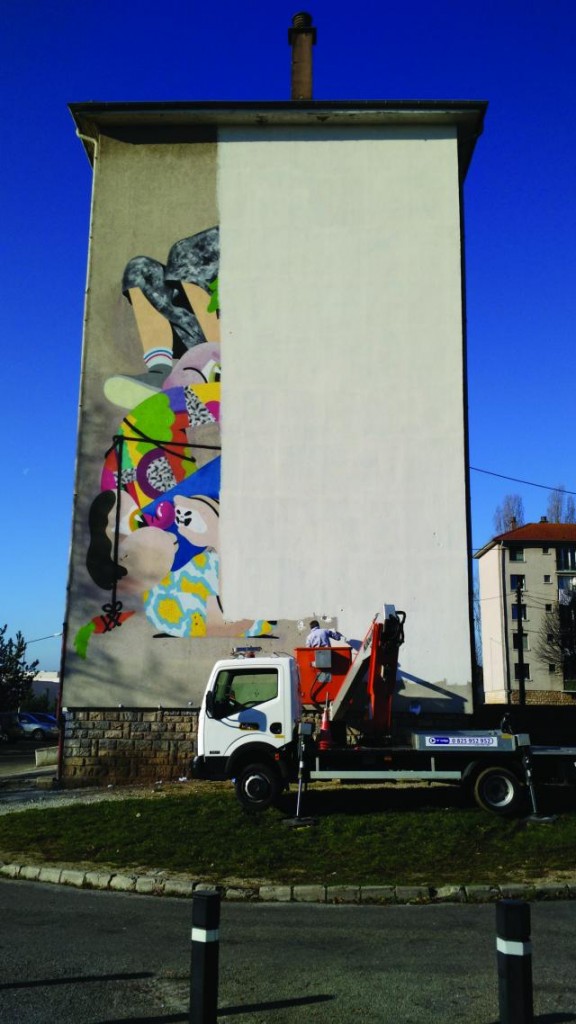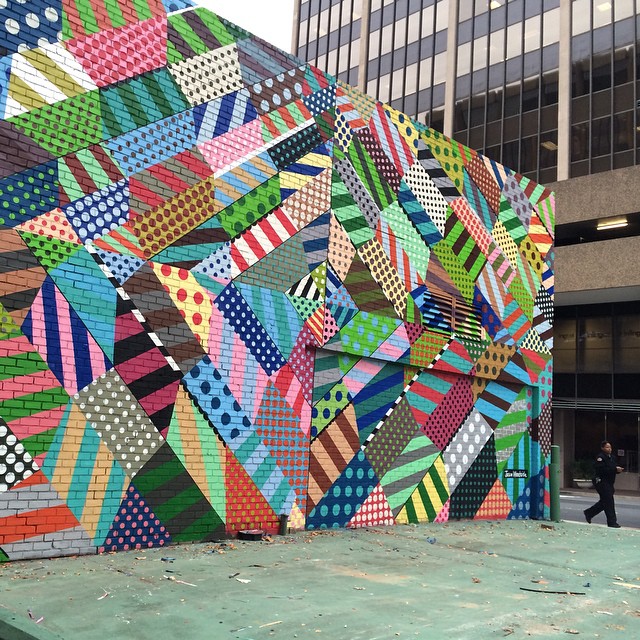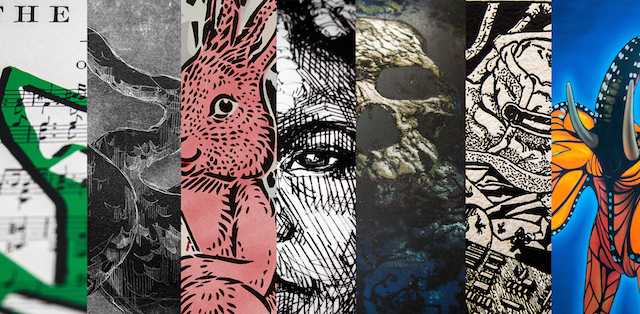
Today is the South Carolina Republican primary. So, of course, the political activist wing of the street art community is out in full force tackling the tough issues. Just kidding. But Hanksy and his Dump Across America team are driving across South Carolina trolling Trump and his fans with a suite of signs, banners, buttons, silly jumpsuits.

Dump Across America is a self-described “grassroots (bowel) movement.” According to Hanksy, “At this juncture, we have no other motives that fall outside of our ‘anybody but Trump’ approach. He’s a xenophobic reality TV star who is overly concerned with building a wall of mythical proportions. It’s not politics, it’s common sense.” Fair enough. Dump Across America may be the least controversial political movement in American history. Any yet… Trump is actually leading in the polls in South Carolina.

In addition to placing the anti-Trump lawn signs, Dump Across America attended two Trump rallies in South Carolina. They were spit at, threatened, and even kicked out of a rally in Myrtle Beach in the middle of The Donald’s speech. One particularly memorable rally interaction: according to Hanksy, “One woman pointed out her belief that wealth equaled intelligence, and the fact that we aren’t billionaires meant we were dumb f*cks.”
To catch the most up-to-date Dump Across America antics, follow Hanksynyc on Snapchat. To join the movement yourself, download Hanksy’s artwork from the Dump Across America website.
Photos courtesy of Hanksy

